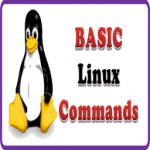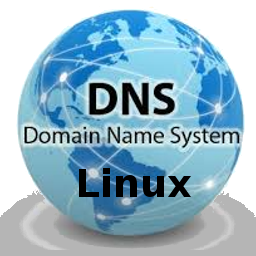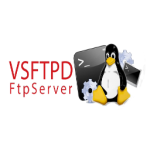Linux OS
now browsing by category
How to Manage Packages in Debian/Ubuntu Linux Systems Using apt-get and dpkg Commands

In this post, we’ll show you how to manage packages in Debian/Ubuntu Linux systems. Being able to install, remove, update, etc.. packages in Debian Linux systems is very important task for everyone “users and administrators” which increase your OS performance and removes security threads. Debian and Ubuntu Linux provides aRead More

How to Use CURL Command on Linux Systems with Examples (CURL Download Examples)

In this post, we’ll show you how to use curl command on Linux systems. Here’s you’ll find some important examples. CURL is a software package which consists of command line tool and a library for transferring data using URL syntax. cURL supports various protocols like, DICT, FILE, FTP, FTPS, Gopher,Read More

How to Install and Configure Master-Slave DNS Server on CentOS 7 Linux Systems

In this post, we will show you how to install and configure a master-slave DNS server on Linux systems (RPM Family “Redhat /CentOS /Scientific Linux 7”). As a system administrator you will need to setup a DNS server to resolve domains to it’s corresponding IPs. You can setup the DNSRead More

How to Install and Configure Master-Slave DNS Server on CentOS 6/5 Linux Systems

In this post, we will show you how to install and configure a master-slave DNS server on Linux systems (RPM Family “Redhat /CentOS /Scientific Linux 6/5”). As a system administrator you will need to setup a DNS server to resolve domains to it’s corresponding IPs. You can setup the DNSRead More

Introduction to LVM (Logical Volume Manager)

LVM stands for Logical Volume Management. It is a system of managing logical volumes, or filesystems, that is much more advanced and flexible than the traditional method of partitioning a disk into one or more segments and formatting that partition with a filesystem. LVM is the Logical Volume Manager providedRead More

How To Install FFmpeg on CentOS/RHEL 7/6/5 Linux Systems

In this post, we will show you how to install FFmpeg on Linux systems (RPM Family “Redhat /CentOS /Scientific Linux 7/6/5 and Fedora”). FFmpeg is a popular open source and cross-platform solution for streaming audio and video as well as recording and conversion. It’s widely used in all kinds ofRead More

How To Setup and Configure VsFTPd Server on Debian 8/7/6 Linux Systems

VsFTPd stands for Very Secure FTP Daemon. VSFTPD is the most popular ftp server. Also probably the most secure and fastest FTP server for UNIX-like systems. If you are searching an FTP server which can provide you Security, Performance and Stability then your searching is finished here, vsFTPd can beRead More

Install and Configure DHCP Server on Debian 8/7/6 Linux Systems

In this post, we will show you how to install and configure a dhcp server on Linux systems (Debian Family “Debian 8 “jessie” /7/6 and earlier – Ubuntu Linux”). As a system administrator you will need to setup a dhcp server to assign IPs to all laptops/machines for employees toRead More

Install and Configure DHCP Server on CentOS 7/6/5 Linux Systems

In this post, we will show you how to install and configure a dhcp server on Linux systems (RPM Family “Redhat /CentOS /Scientific Linux 7/6/5”). As a system administrator you will need to setup a dhcp server to assign IPs to all laptops/machines for employees to work inside your network.Read More

What is Active FTP vs Passive FTP (A Definitive Explanation)

FTP ( File Trasnfer Protocal ) is TCP based service. FTP is widely use for transferring files over network. There are various ftp servers available to use like vsftpd, proftpd, pureftpd etc. FTP uses two different ports – 1. Port 20 is used for data port, But the data portRead More




